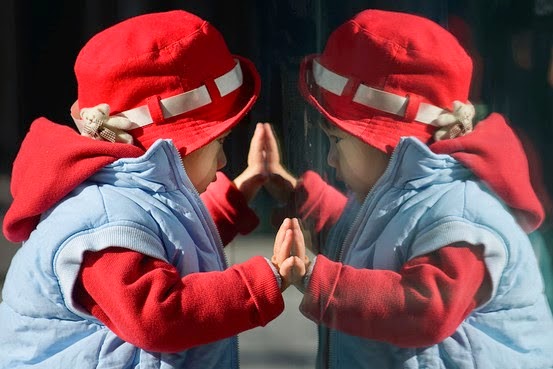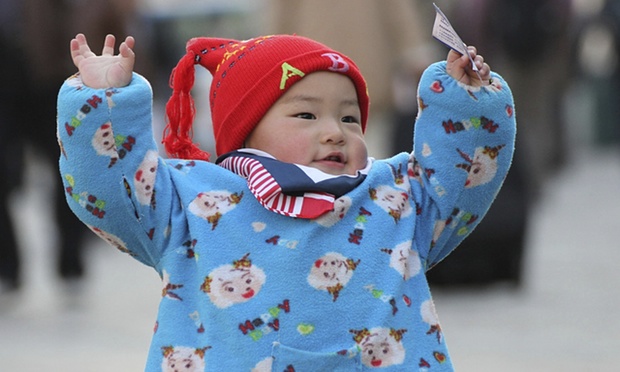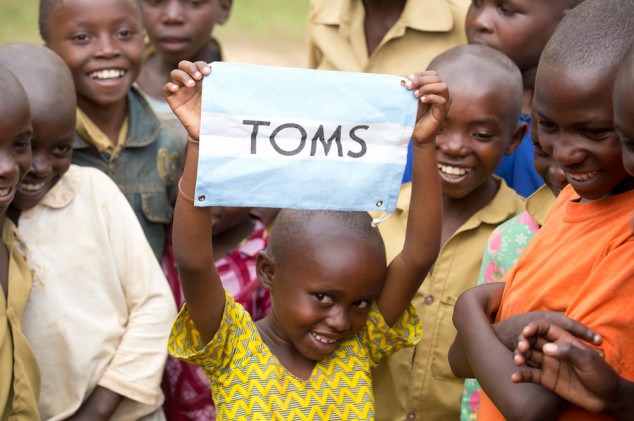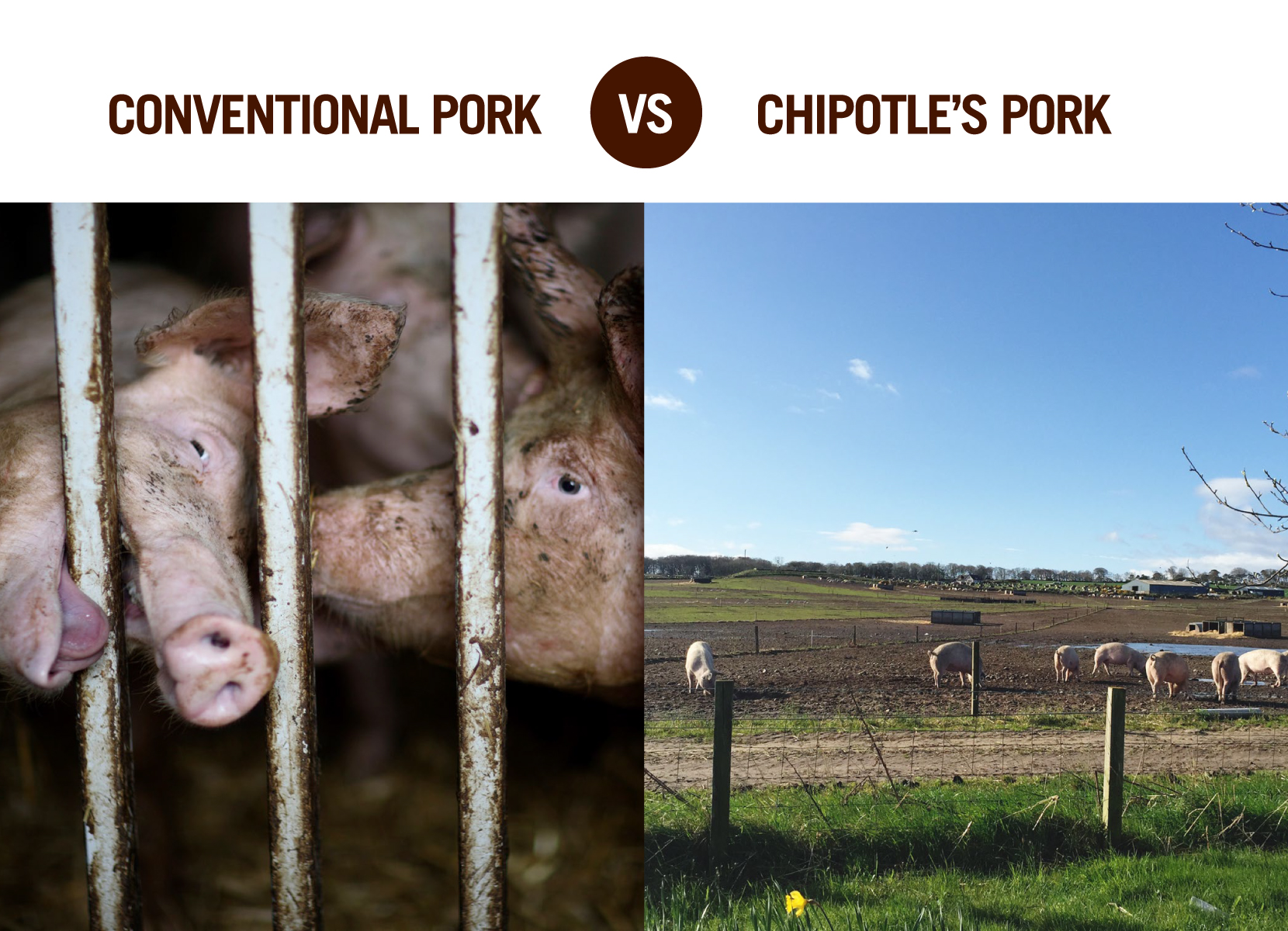During the 1970’s, in efforts to try and slow down China’s rapidly growing population, the government implemented the one child policy rule. On October 29th of this year, China’s one child policy was dropped to allow married couples to have two children. The main factors being that China is currently facing: a labor shortage, an aging society and an economic slowdown. In an effort to spark a baby boom and save the aging and declining workforce, the Chinese government has changed its policies. At the rate China is currently going, there are simply not enough workers to push the economy forward into the future.
In the past, those caught having more than one child had to endure forced abortions and sterilizations, ridiculous fines and 
possibly the demolition of homes. With the ability to now have two children, many see this as the government giving the public more freedom, and in turn they should feel triumph and relief. For example, Bob McTeer comments in his blog that the whether or not the policy effect the economy “misses the more important point that a big dose of freedom has been granted”.
In my opinion, this is simply an act by the Chinese Communist Party to manipulate the public to allow them to remain in power. The fact of the matter is that there should be no restrictions on how many children the Chinese people want to have. There is not really full freedom granted if there are still restrictions on freedoms such as the number of children to have. In addition, I do not feel this is the correct solution to changing the current situation in China. The Chinese economy is in a state of economic decline, and as a result having children is the last thing on people’s minds. The costs behind having and supporting a child are extremely high, especially for the working class (the people the Chinese government are trying to target by changing this policy). I feel the first solution to the problem is to fix the economy, and get it to a stable state, then they can start to convince the public to have more children.
External Sources:
http://www.cnn.com/2015/10/29/china/china-one-child-policy-ends-mckenzie/index.html









